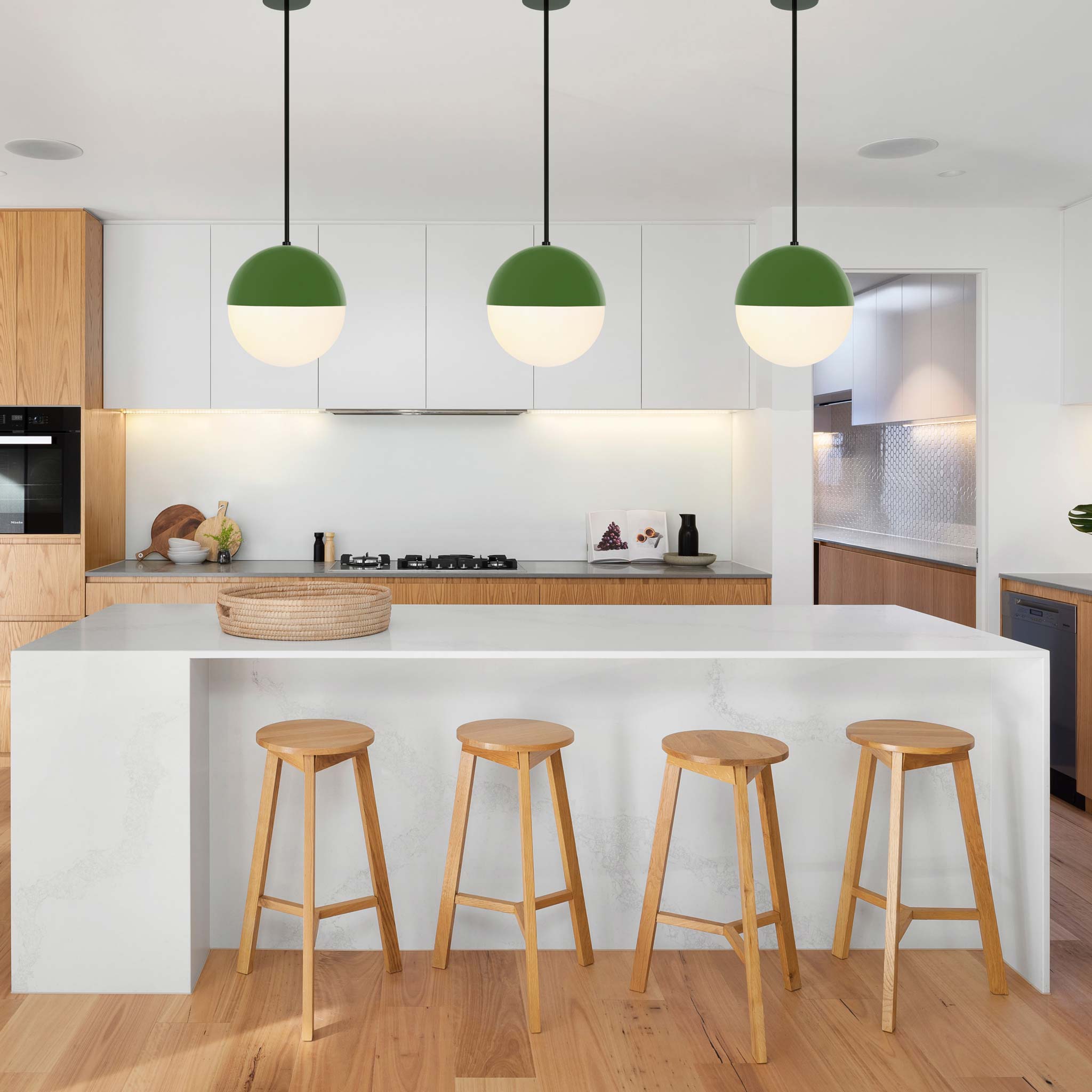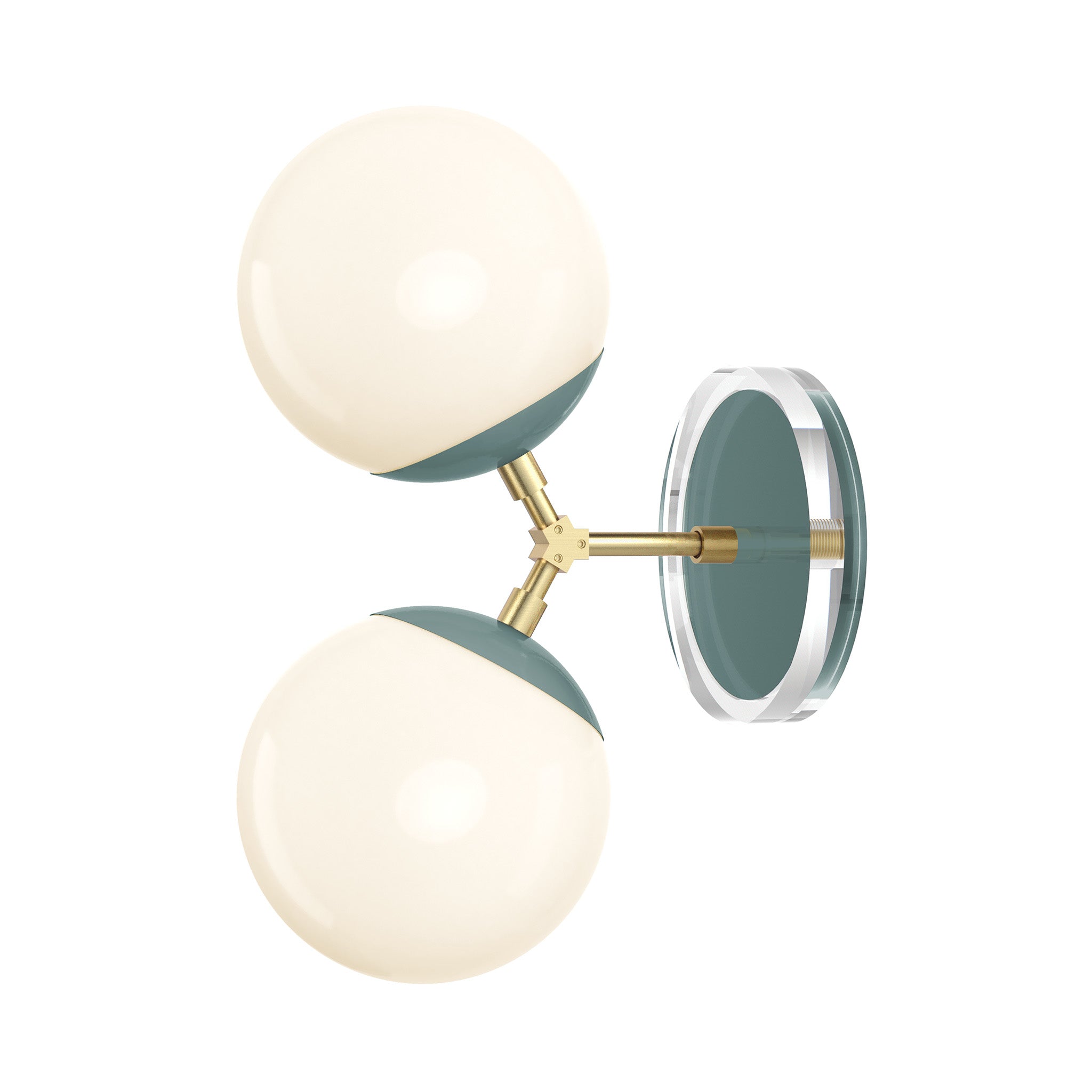When installing a light fixture, it is important to ensure that the fixture is properly rated for use in its intended location. The Underwriters Laboratory (UL) guided by the National Electric Code (NEC) has defined three types of locations for lighting to ensure fixtures are built and installed to remain safe. The three types are dry, damp, and wet location. Fixtures that have been properly manufactured then will be "UL Listed" for these locations so long as they are built to meet the safety criteria set by the UL.
Understanding the difference between the UL dry, damp, and wet location ratings will help ensure your lighting is installed safely. The difference between dry and wet locations is somewhat literal, but some confusion arises with respect to what spaces are considered damp. Each fixture should be labeled to identify which location the fixture was designed to be installed in, so you really just need to identify your space. Check out our detailed explanation below to help you with the process.
Dry Location
Definition
A location not normally subject to dampness but may include a location subject to temporary dampness provided ventilation is adequate to prevent an accumulation of moisture. (1)
Fixture Should Be Labeled
"UL Listed" or "Dry Locations Only" (2)
What it means
Almost all finished indoor areas are considered dry locations, including your bathroom, washroom, and above the kitchen sink. That said, installing sconces as bathroom vanity lighting will not require a damp or wet location rating. The same goes for a flush mount above your kitchen sink. The only area inside your home likely to require a light fixture rating other than “dry location” would be inside a shower or sauna.
Damp Location
Definition
An exterior, interior, or partially protected location that is normally or periodically subject to condensation of moisture in, on, or adjacent to, electrical equipment. (1)
Fixture Should Be Labeled
"Suitable for Damp Locations" (2)
What it means
A damp location includes mostly outdoor areas that are covered. Damp locations are not directly exposed to water and are shielded from precipitation and storms. However, the semi-outdoor nature of the space means it is exposed to condensation and humidity. Porches are the most common areas considered damp. Indoor spaces such as unfinished basements and saunas are often considered damp locations.
Wet Location
Definition
A location in which water or other liquid can drip, splash, or flow on or against electrical equipment. (1)
Fixture Should Be Labeled
"Suitable for Wet Locations" (2)
What it means
Outdoor areas that are exposed to the elements are considered wet locations. Indoor locations like showers are also considered wet locations. If an area can have water splash or flow with direct contact to a light fixture, then it is considered a wet location.
Most of Dutton Brown Design’s light fixtures are UL Listed for dry locations. We do not currently design light fixtures for wet locations; however, we are able to design them for installation in damp location by request. Check the bottom of each listing description to confirm the fixture is UL listed properly for your space. Still confused about something? Email us at support@duttonbrown.com for any questions, and we’d be happy to help.
References:
- The Difference Between Wet, Dry, and Damp Locations, H.E. Williams, Inc., https://www.hew.com/specifications/70555.pdf, Accessed 4/2/2018.
- UL 1598, Standard for Safety, Luminaires, p. 276, Underwriters Laboratories, Updated 10/12/2012.


Leave a comment
All comments are moderated before being published.
This site is protected by hCaptcha and the hCaptcha Privacy Policy and Terms of Service apply.